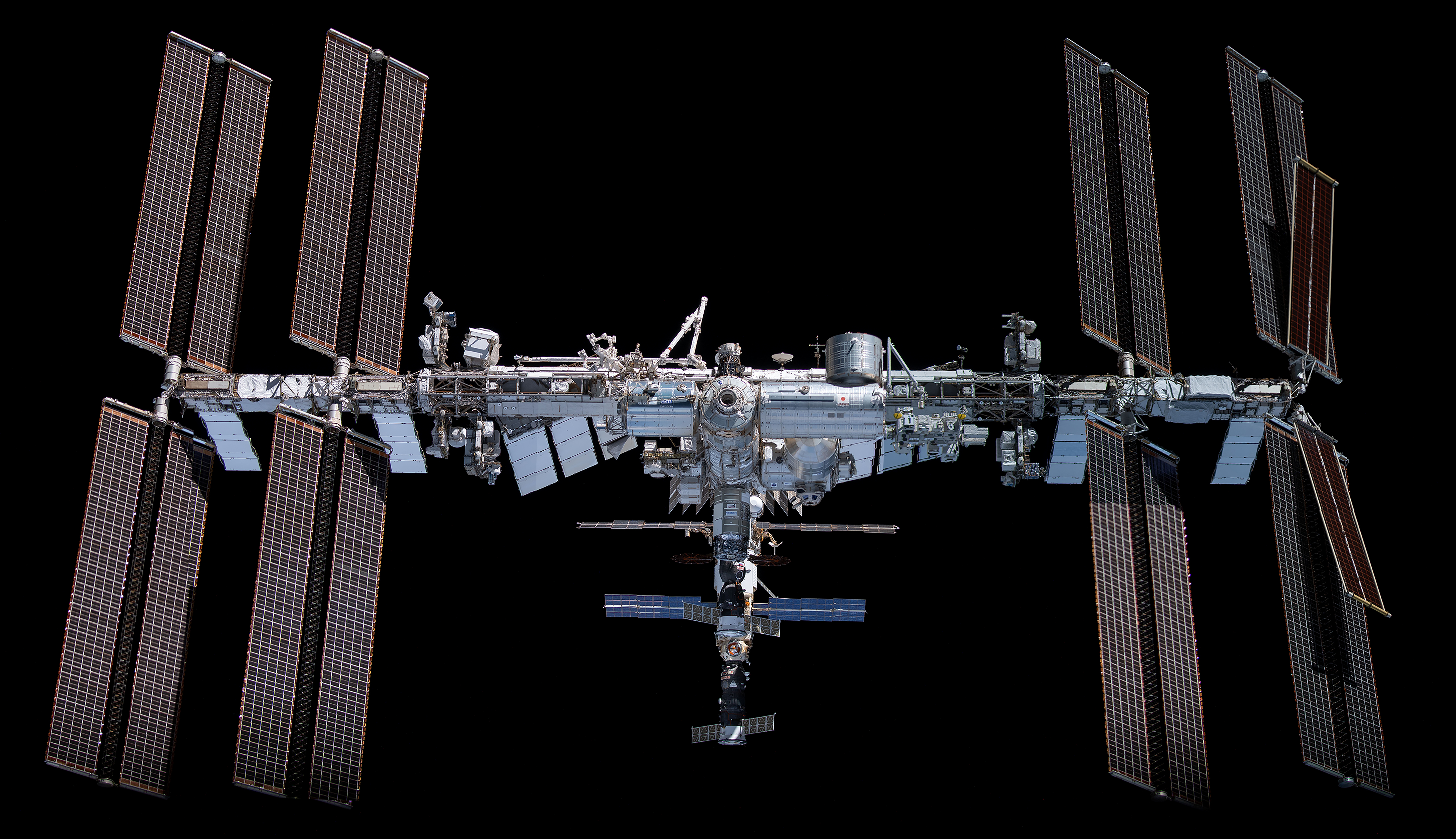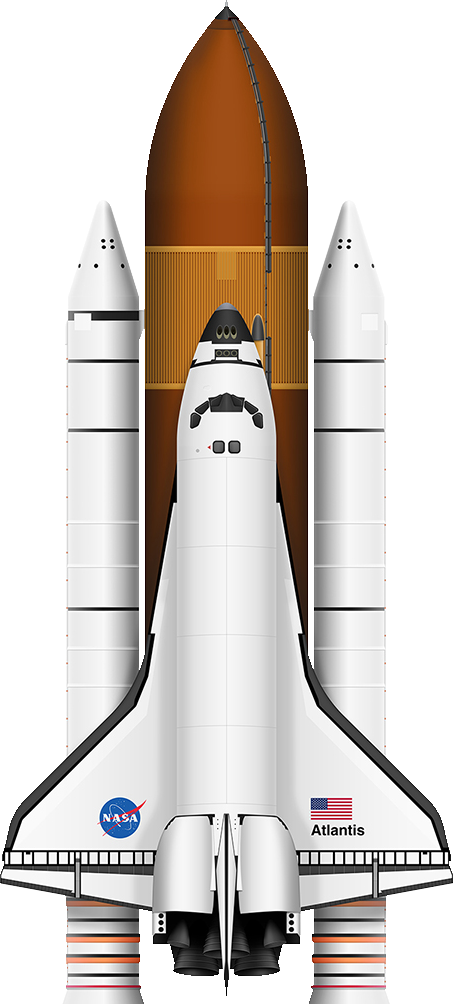Space Travel
The Final Frontier
Space travel, the pinnacle of human exploration, represents our boundless curiosity and determination to reach beyond our planet's confines.
Venturing beyond Earth's atmosphere, astronauts brave the unknown, traversing vast distances to unlock the secrets of the universe.
From the historic Apollo moon missions to the futuristic prospects of interplanetary travel, this relentless pursuit of the stars continues to ignite our collective imagination and push the boundaries of what is possible.
Human Exploration On The Moon
“Landing a man on the Moon and returning him safely to Earth within a decade” was a national goal set by President John F. Kennedy in 1961. On July 20, 1969, astronaut Neil Armstrong took “one giant leap for mankind” as he stepped onto the Moon. Six Apollo missions were made to explore the Moon between 1969 and 1972.
International Space Station
The International Space Station (ISS) is a remarkable collaborative space laboratory, serving as a microgravity research platform and a symbol of international cooperation in space exploration.
Orbiting approximately 400 kilometers above Earth, the ISS represents a partnership between NASA, Roscosmos, ESA, JAXA, and CSA, and has been continuously inhabited since November 2000 by astronauts from around the world.
It conducts groundbreaking experiments in diverse scientific fields, providing insights for future space missions and benefiting humanity's understanding of space and life on Earth.
As the largest human-made structure in low Earth orbit, the ISS offers breathtaking views of our planet, completing an orbit roughly every 90 minutes.
It stands as a testament to what can be achieved when nations collaborate on ambitious projects, fostering a spirit of unity and international camaraderie in the quest for exploring the mysteries of the universe.
Space Rockets
Space rockets, or launch vehicles, are powerful propulsion systems designed to overcome Earth's gravitational pull by expelling high-speed exhaust gases.
They work on the principle of Newton's third law of motion, propelling payloads like satellites, scientific instruments, and crewed spacecraft into space.
These engineering marvels play a pivotal role in space exploration, enabling us to deploy satellites for communication, weather forecasting, and scientific research, and launch crewed missions to explore distant planets and celestial bodies.











